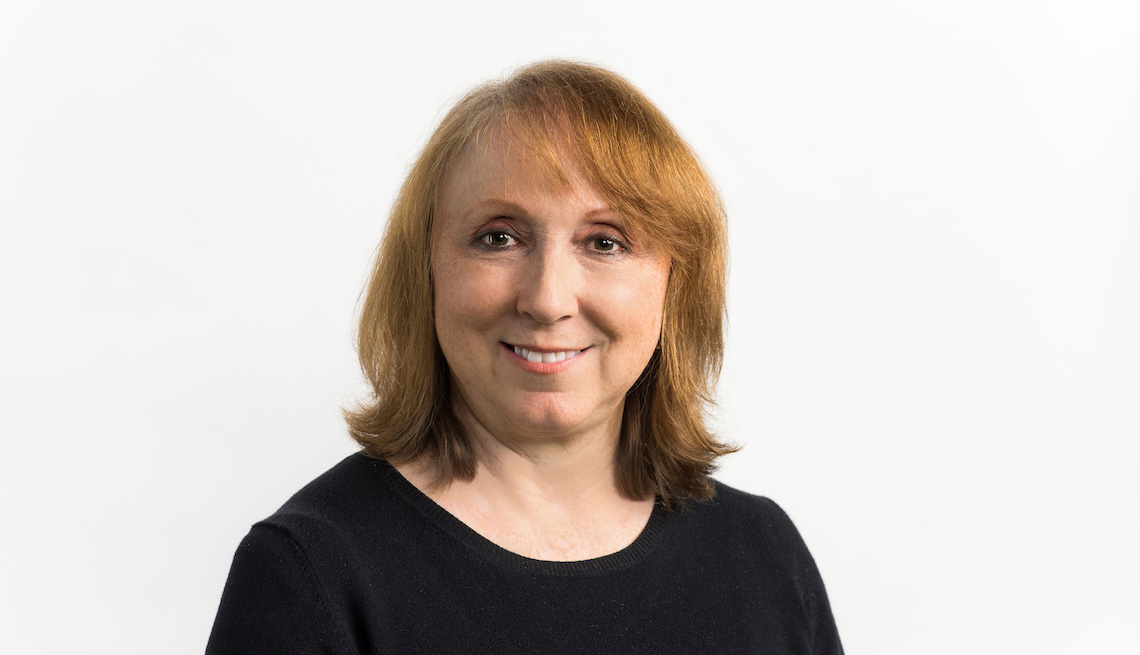
- Select a language for the TTS:
- UK English Female
- UK English Male
- US English Female
- US English Male
- Australian Female
- Australian Male
- Language selected: (auto detect) - EN
Play all audios:
AFFORDABLE CARE ACT Last year, 7 million people over 45 signed up for ACA insurance during its open enrollment period, up from 6 million the previous year, according to the Kaiser Family
Foundation. ACA insurers are required to cover preexisting medical conditions and to provide several types of preventive care for free, including vaccinations. ACA insurers also have to
provide coverage for participants’ dependent children up to age 26. Another appeal of ACA plans: lower premiums for many people with limited incomes. Households with income up to four times
the federal poverty level (which the government sets annually, and which varies by household size) qualify for premium discounts. Bigger discounts, introduced in 2021 in response to COVID,
are now available through 2025. And households with incomes above the income cutoff ($69,680 for a two-person household in the contiguous U.S. in 2022) may qualify for discounts too,
depending on their income and local insurance prices. To view your ACA options and sign up, start at the government’s healthcare.gov website. While you can buy an individual plan directly
from an insurer or work with a licensed agent in your state, going through healthcare.gov has its advantages. You have to buy through the ACA or state-run marketplaces in order to receive
any discount or subsidy you’re due. And you’re guaranteed that any plan you buy through the marketplace meets certain important standards. A non-ACA plan might be cheaper but also have
skimpier coverage. Open enrollment for 2023 ACA plans runs from Nov. 1 through Jan. 15, with a Dec. 15 deadline for coverage beginning on New Year’s Day. You can also sign up within 60 days
of what’s known as a qualifying life event, such as losing other health care coverage or moving to a new location. To see the discounts you might qualify for, check out
kff.org/interactive/subsidy-calculator. BOTTOM LINE * COVID-era price breaks make marketplace options less expensive. * Subsidized through 2025 MEDICAID Since 2014, Medicaid, the federal
health insurance program for low-income Americans, has become more widely available to people under 65. Each state now has the option to offer Medicaid to adults with incomes of up to 138
percent of the poverty level — currently putting the Medicaid income cutoff at about $18,750 for a single person in the contiguous 48 states and $25,250 for a couple. Previously, Medicaid
was typically not available to people under 65 unless they were disabled adults or adults with minor children. Now, following implementation by Missouri and Oklahoma in 2021, expanded
Medicaid is available in 38 states and the District of Columbia. If your state has expanded Medicaid, which may even include dental coverage, you can use KFF’s subsidy calculator to see if
you qualify, and you can sign up for Medicaid throughout the year at healthcare.gov. BOTTOM LINE * Most states have widened availability for low-income households. * May include dental
coverage






